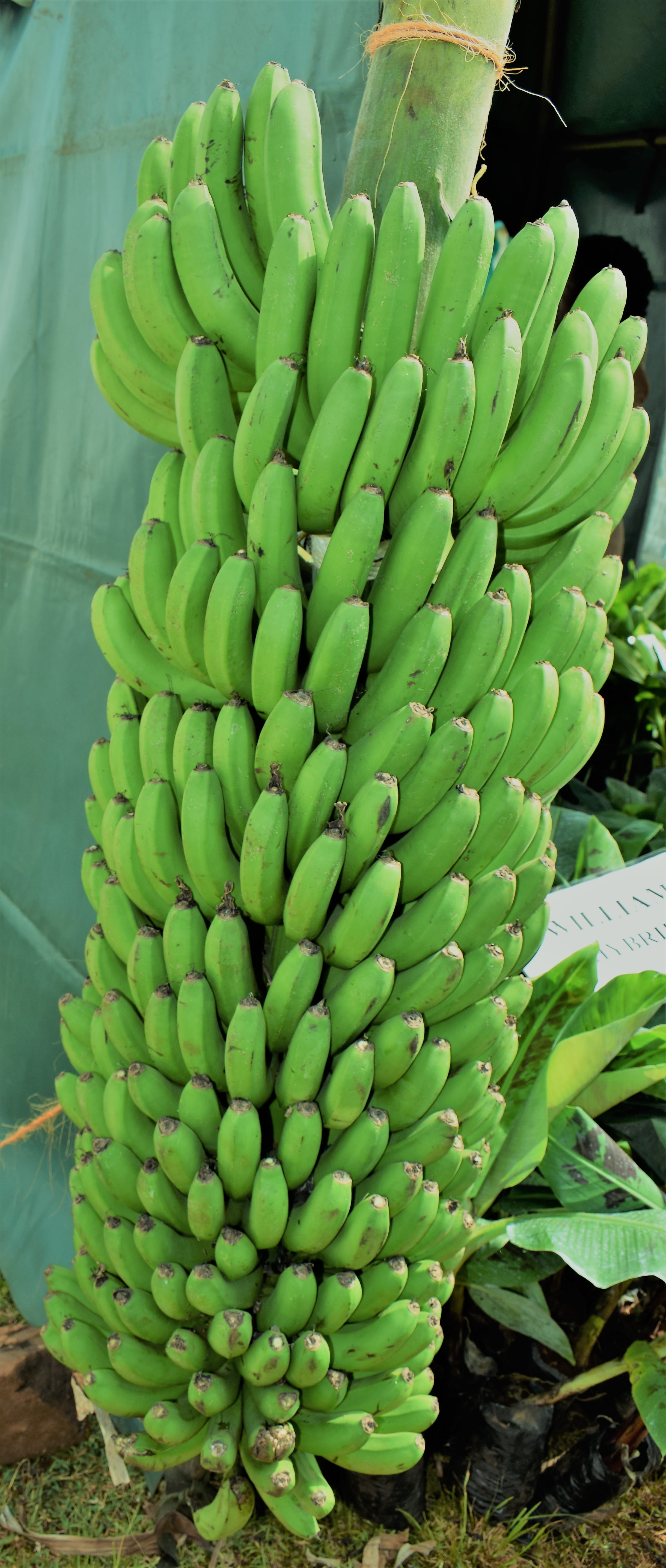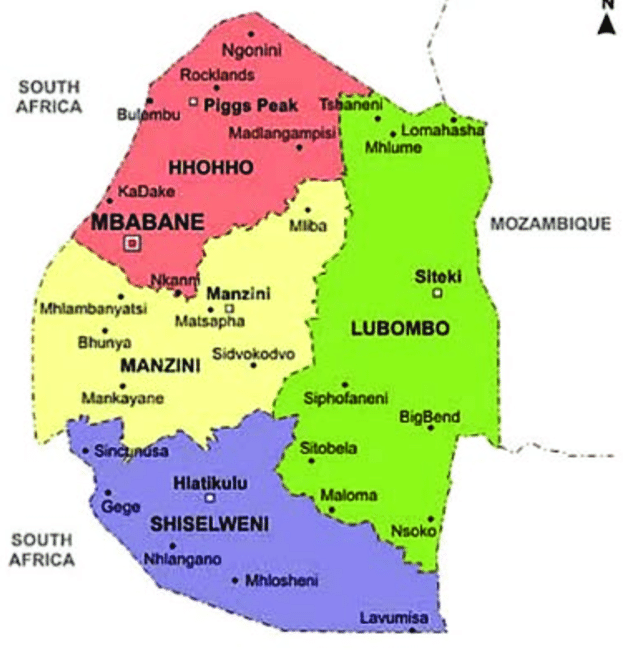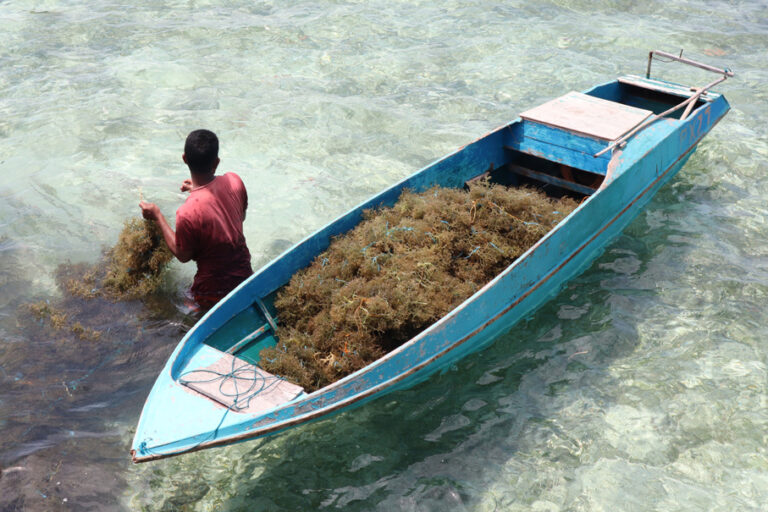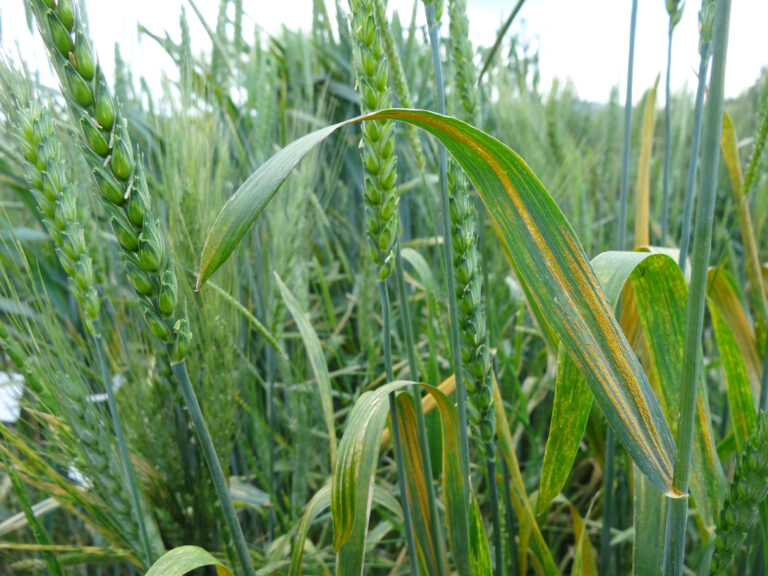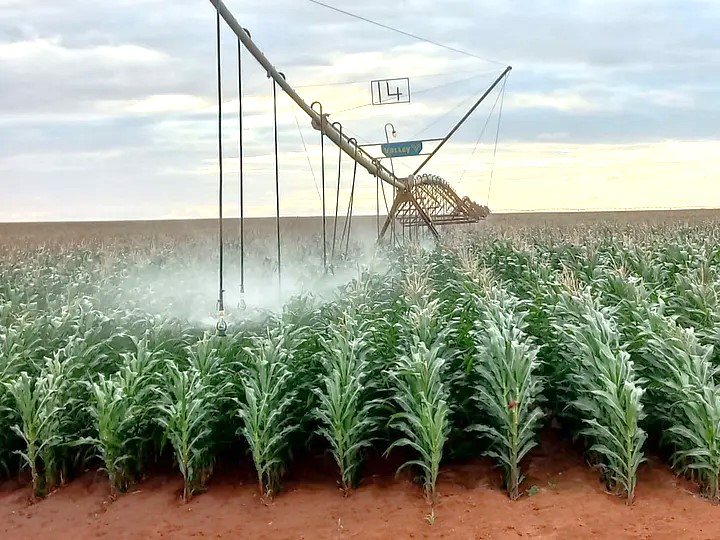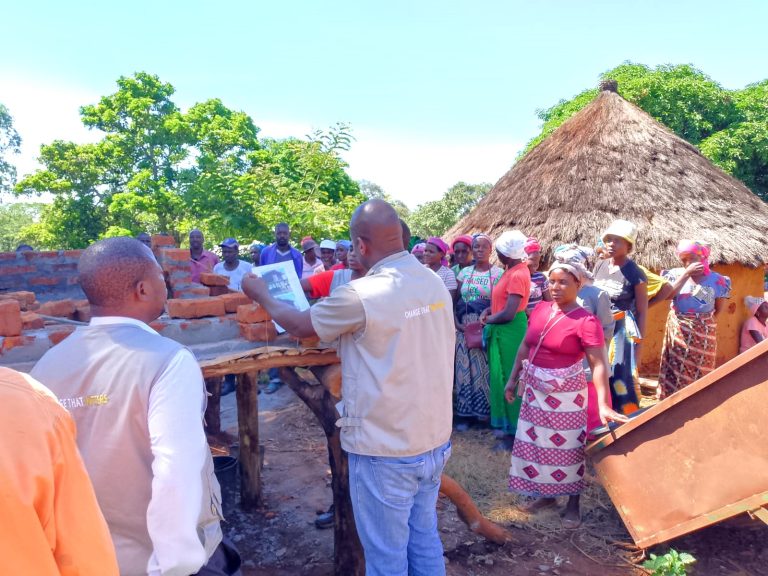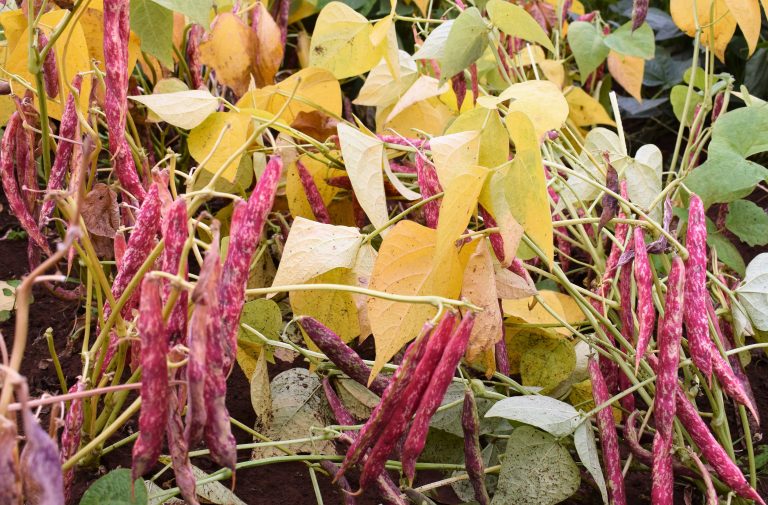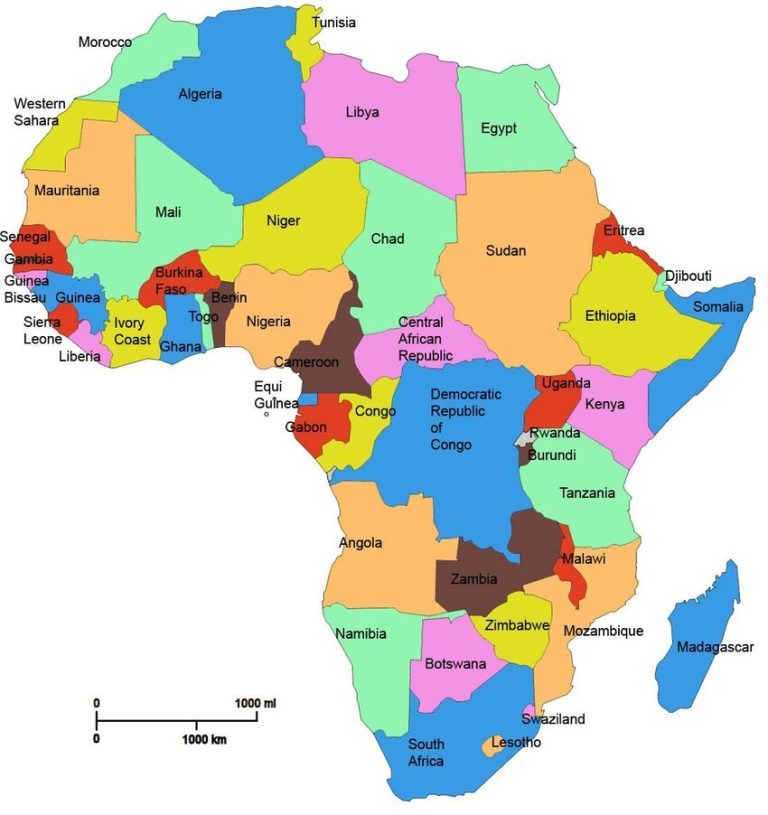FAO
Will COVID-19 have negative impacts on global food security?
Both lives and livelihoods are at risk from this pandemic. The disease is spreading quickly. This is no longer a regional issue—it is a global problem calling for a global response.
We know that it will eventually retreat, but we don’t know how fast this will happen. We also know that this shock is somewhat unusual as it affects significant elements of both food supply and demand:
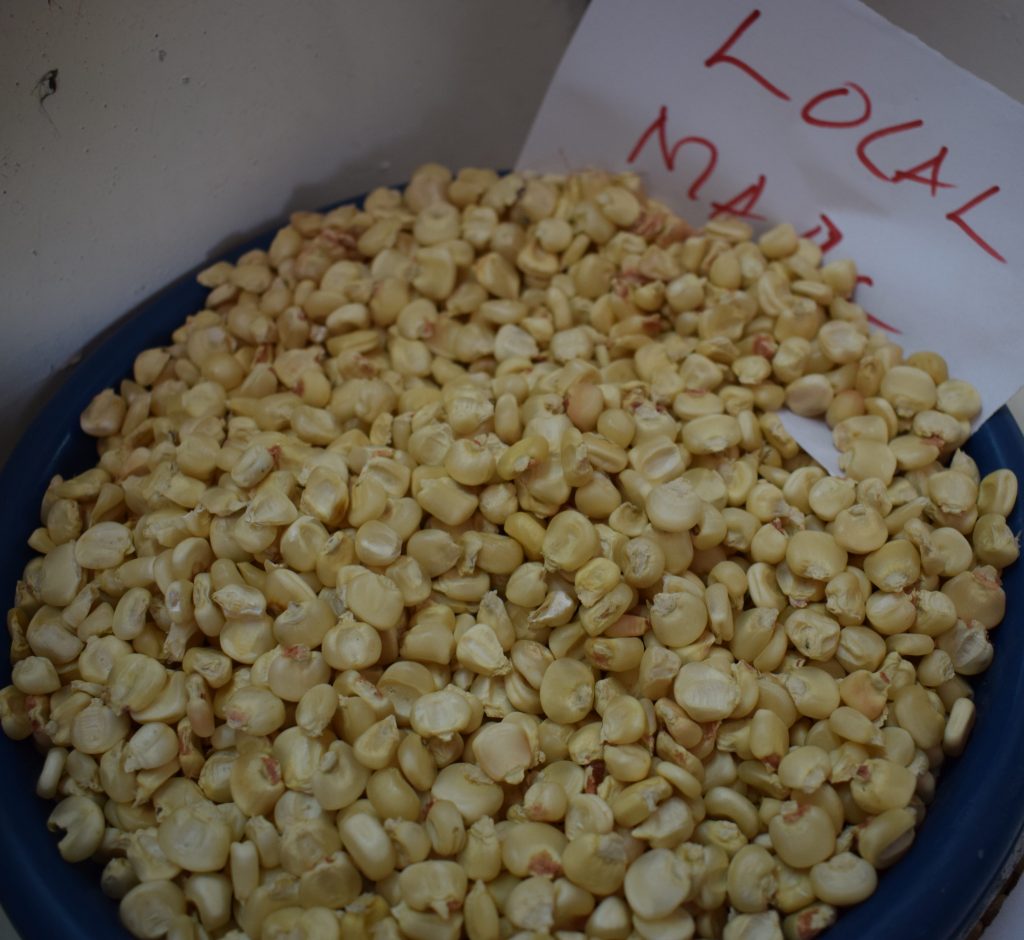
(a) Supply will be disrupted due to the disease’s impact on people’s lives and well-being, but also the containment efforts that restrict mobility and the higher costs of doing business due to restricted supply chains and a tightening of credit; and
(b) Demand will also fall due to higher uncertainty, increased precautionary behavior, containment efforts, and rising financial costs that reduce people’s ability to spend.
As a result, we know that border closures, quarantines, and market, supply chain and trade disruptions could restrict people’s access to sufficient/diverse and nutritious sources of food, especially in countries hit hard by the virus or already affected by high levels of food insecurity.
We are faced with a looming food crisis, unless measures are taken fast to protect the most vulnerable, keep global food supply chains alive and mitigate the pandemic’s impacts across the food system.
Whose food security and livelihoods are most at risk due to the pandemic?
Currently, some 820 million people around the world are experiencing chronic hunger – not eating enough caloric energy to live normal lives. Of this, 113 million are coping with acute severe insecurity – hunger so severe that it poses an immediate threat to their lives or livelihoods and renders them reliant on external assistance to get by. These people can ill-afford any potential further disruptions to their livelihoods or access to food that COVID-19 might bring.
If COVID-19 cases, already present in more than 100 countries, proliferate in the 44 countries that need external food assistance, or in the 53 countries home to 113 million people experiencing acute hunger, many of whose public health systems may face capacity constraints, the consequences could be drastic.
Indeed, FAO is particularly concerned about the pandemic’s impacts on vulnerable countries already grappling with hunger/hit by other crises – the Desert Locust outbreak in the Horn of Africa, insecurity in Yemen or the Sahel, for example – and countries that rely heavily on food imports such as Small Islands Developing States, and countries that depend on primary exports like oil.
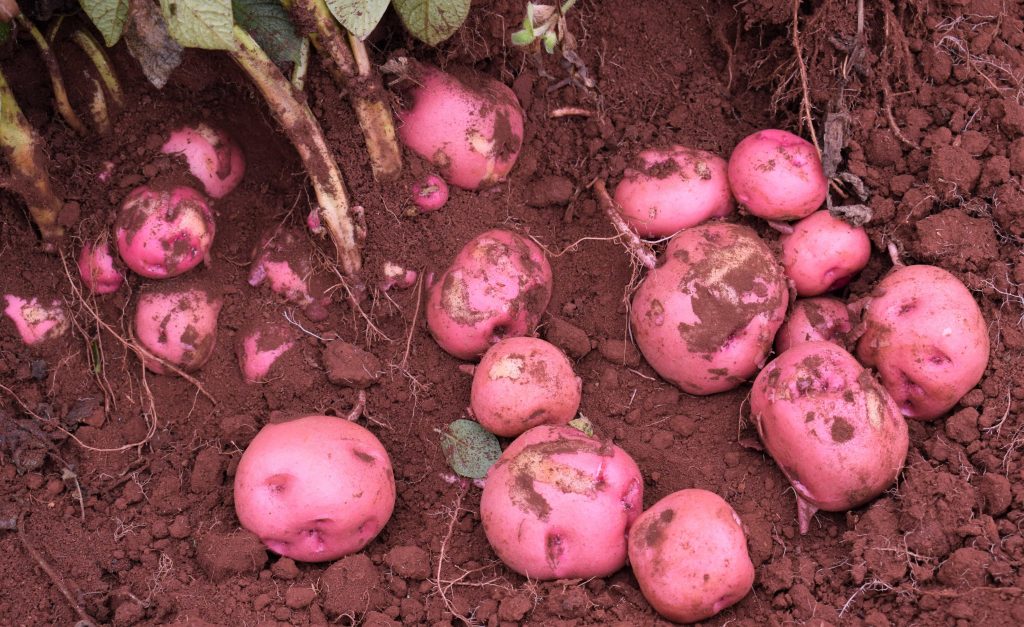
Vulnerable groups also include small-scale farmers, who might be hindered from working on their land/accessing markets to sell their products or buy seeds and other essential inputs, or struggle due to higher food prices/limited purchasing power, as well as millions of children who are already missing out on the school meals they have come to rely upon.
For example, in Latin America and the Caribbean, FAO-supported school meals programmes benefit 85 million children. Some 10 million children depend on them as the meals constitute one of their most reliable source of food each day. The suspension of the school meals programs due to the pandemic puts vulnerable children’s food security and nutrition at risk whilst weakening their capacity to cope with diseases.
We also know from dealing with past health crises that these can have a drastic effect on food security, especially that of vulnerable communities.
Quarantines and panic during the Ebola Virus Disease outbreak in Sierra Leone (2014-2016), for example, led to a spike in hunger and malnutrition. The suffering worsened as restrictions on movement led both to labor shortages at harvest time even as other farmers were unable to bring their produce to market. The systemic effect was akin to that of an earthquake, highlighting how prevention and risk reduction strategies now are paramount.
What are the implications of the COVID-19 situation – now and in the future – for food production, agricultural supply chains and markets?
The food supply chain is a complex web that involves producers, agricultural inputs, transportation, processing plants, shipping etc.
As the virus spreads and cases mount, and measures tighten to curb the spread of the virus, there are countless ways the global food system will be tested and strained in the coming weeks and months.
As of now, disruptions are minimal as food supply has been adequate and markets have been stable so far. Global cereal stocks are at comfortable levels and the outlook for wheat and other major staple crops for 2020 is positive.
Although less food production of high value commodities (i.e. fruits and vegetables) is already likely, they are not as yet noticeable because of the lockdowns and disruption in the value chain
We are already seeing, however, challenges in terms of the logistics involving the movement of food (not being able to move food from point A to point B), and the pandemic’s impact on livestock sector due to reduced access to animal feed and slaughterhouses’ diminished capacity (due to logistical constraints and labour shortages) similar to what happened in China.
As a result of the above as of April and May we expect to see disruptions in the food supply chains.
Blockages to transport routes are particularly obstructive for fresh food supply chains and may also result in increased levels of food loss and waste.
Transport restrictions and quarantine measures are likely to impede farmers’ access to markets, curbing their productive capacities and hindering them from selling their produce.
Shortages of labour could disrupt production and processing of food, notably for labor-intensive crops.
Spikes in prices are not expected in major staples where there is supply, stocks, and production is capital intensive, but are more likely for high value commodities, especially meat in the very short term and perishable commodities.
Developing countries/Africa are particularly at risk as the disease can lead to a reduction in labour force, and affect labour intensive forms of production (agriculture) but also because most of the food crises countries are in Sub-Saharan Africa
How will the pandemic affect food demand?
The 2008 financial crisis showed us what can happen when reduced income and uncertainty make people spend less and result in shrinking demand. Sales declined. So did production.
At the onset of the COVID-19 outbreak, there has been a significant increase in demand.
Food demand is generally inelastic and its effect on overall consumption will be likely limited, although dietary patterns may alter. There is a possibility of a disproportionately larger decline in meat consumption (as a result of fears – not science-based – that animals might be hosts of the virus) and other higher-valued products like fruits and vegetables (which are likely to cause price slumps).
Food demand in poorer countries is more linked to income, and, here, loss of income-earning opportunities could impact on consumption.
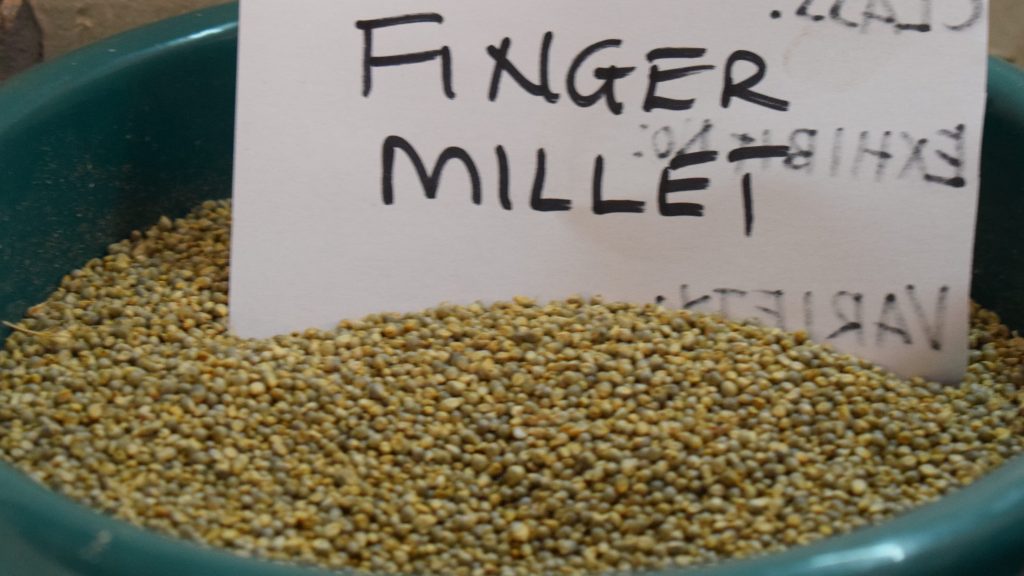
Fear of contagion can translate in reduced visits to food markets, and we expect to see a shift in how people buy and consume food – lower restaurant traffic, increased e-commerce deliveries (as evidenced in China), and a rise in eating at home.
Following the outbreak of coronavirus, countries around the world started to implement a number of policy measures aimed at avoiding the further spread of the disease.
However, such measures might affect agricultural production and trade. For instance, many countries are implementing higher controls on cargo vessels, with the risk of jeopardizing shipping activities.
Measures affecting the free movement of people, such as seasonal workers, might have an impact on agricultural production, thus affecting market prices globally.
Measures to guarantee acceptable health standards in food factories, may slow down production


